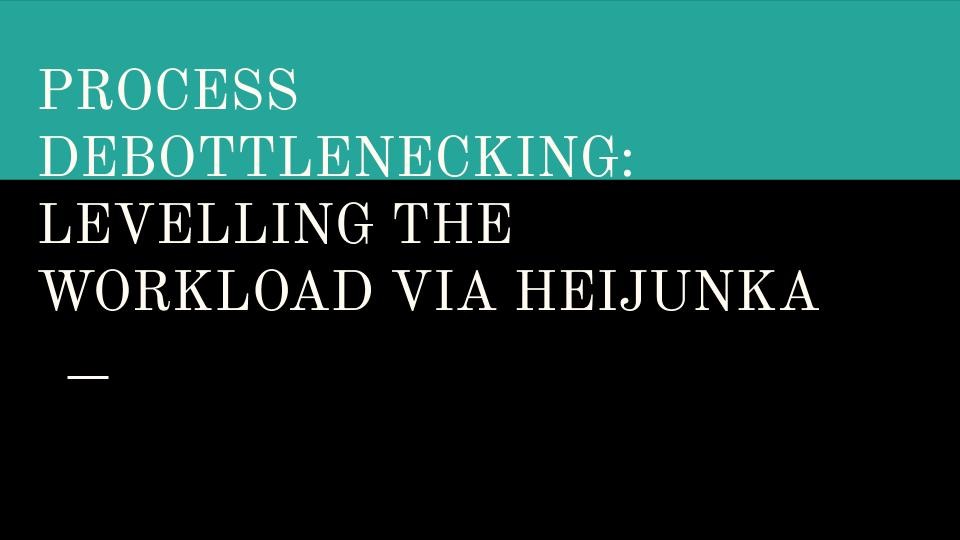
Operating a business in 2020 is one of the experiences that will hail as one of the biggest challenges that industries will face. With industries currently facing uncertain times, it is important to ensure that the operational mode that companies are in, one that provides them with flexibility. What you don’t want to do is operate too ambitiously and then find yourself in a position with excess stock in your inventory. At the other extreme, what you don’t want is to be in a position where you didn’t anticipate the market, and ultimately ended up in a situation where you couldn’t meet customer demand. Without proper understanding of the market or the plant capability, you will find yourself in an industrial bind.
With demand fluctuations, taking a note of key process parameters such as your takt time will be key to ensuring that you keep up with the current customer demands, and also be ready to ramp up when necessary. Thankfully, with Big Data at your side, you can do things that will enable you to reach the peak capacity of your plant when the demand is induced into your operations.
The method that Lean utilizes is known as Heijunka. As a load levelling tool, it allows the process of managing your plant facilities to be one that is an effortless activity.
What is Heijunka?
Heijunka, one of those wonderful production words, is a tool that has the purpose of reducing process overload. With process demands, it can be tempting to either ramp up or ramp down production, but with Heijunka, you can look at all your systems, their capabilities and your forecasted demand, and pretty much map out the smoothest way to get there. As an industrial plant, the days of firefighting are over. What you want is a smoother controlled operation that will allow you to seamlessly reach your targets, without having to stress your process too much. At the end of the day, you want your equipment to be at peak, so that you can keep the production flowing.
Heijunka implementation is one that matches your operations to customer demand. Advantages include:
- Reduction in inventory costs. Inventory is a very costly material, especially if it is not moving. It is better to have little or minimal inventory, than to have inventory that is not intended for any industrial processing. Anything can happen to it, it can expire, and you want to be able to ensure that you’re only working with what is best.
- Match your average sell rate. From your takt time, you can determine what inventory levels will suit you.
Heijunka gives you the ability to deliver value to your customer via managing your production volumes, or managing the production item that you’re selecting to work on for that particular instance in your production cycle.
Leveling by volume
The key to process efficiency is to simply focus on orders, meet their timeline and keep your costs and process resources low. Once an order is placed, it is ideal to start production. For a steady operating flow, do your best to adapt the workflow in such a manner that the production output is matching your order rate. That way, you will stay on top of your production flow. The ideal is to produce according to your average demand. Utilizing Industry 4.0 and your statistical data, you can filter out data and allow yourself to determine the best way to determine your critical operating parameters. Volume operation works best for stable operations.
Leveling by type
If your production facility is one that enables you to manage a range of products, you’ll do well with levelling by type. With the average production demand, you can identify the focus products that you’ll want to target on your production cycles. A Heijunka box is one that is ideal for instances where you want to identify how best you want to be able to meet your average customer demand. Via visualizing your operational process, the orders of each product can be displayed in a manner that will identify the maximum operating flow.
In 2020, order is the mandate of the day. An organization’s primary focus is to be in a position where they can successfully meet customer demands in a Just In Time and agile manner. With 2020 being as uncertain as it is, it is in the best interest of the organization to ensure that it is leveraging all of its assets in order to achieve the desired objectives. Stay organized and aware of your market demands.
